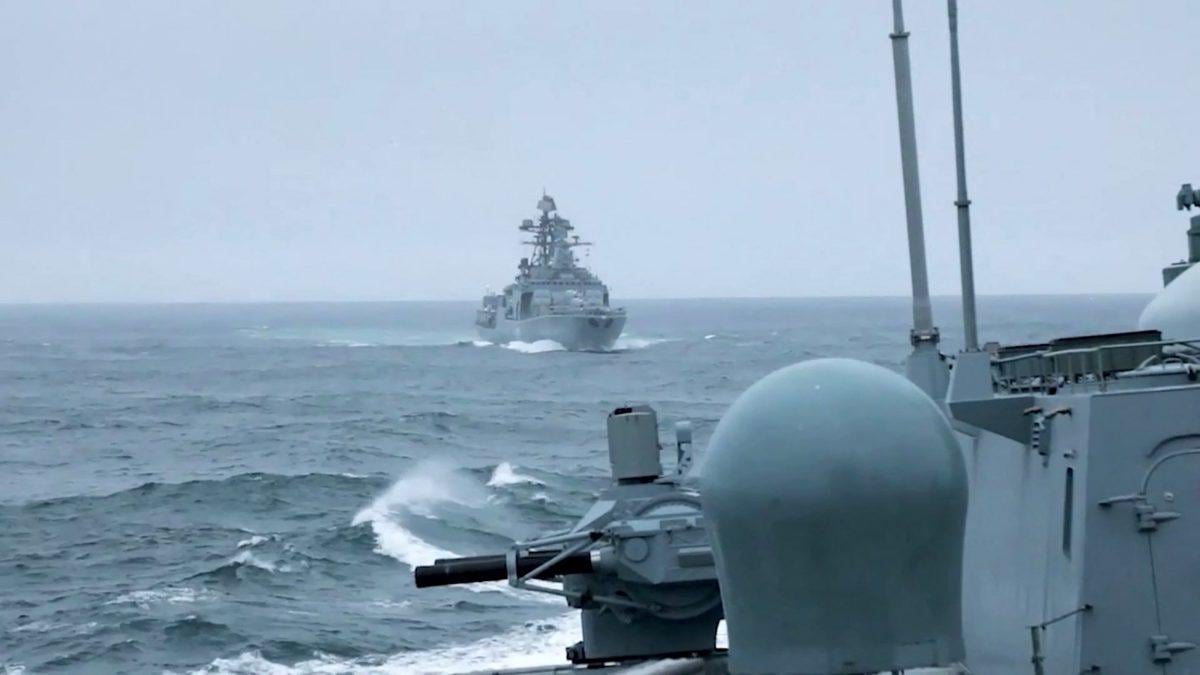
On brink of conflict, can Europe rise to face the drone moment?
On brink of conflict, can Europe rise to face the drone moment?
Posted by theipaper


On brink of conflict, can Europe rise to face the drone moment?
On brink of conflict, can Europe rise to face the drone moment?
Posted by theipaper
3 comments
When 19 Russian drones strayed into Polish skies on Wednesday morning, they were not just [testing Warsaw’s air defences](https://inews.co.uk/news/world/polish-and-nato-jets-scrambled-after-reports-of-russian-drone-strikes-3909027?ico=in-line_link). They were probing Europe’s strategic nerve.
The incursion was contained – jets scrambled, drones downed, consultations under [NATO’s Article 4 requested](https://inews.co.uk/news/ive-been-in-nato-article-4-meeting-what-really-like-3910608?ico=in-line_link). But the episode was a reminder that the continent is increasingly on the front line of a geopolitical storm, and that its response is still tentative.
Moscow’s drones were a low-cost provocation, but their significance lies in what they revealed. Russia has grown adept at using grey-zone tactics – cyberattacks, disinformation, energy blackmail, and now aerial harassment – to stretch Western attention and probe for weakness. Poland is not Ukraine: it is both an European Union and NATO member. That Vladimir [Putin’s regime feels able to risk such a stunt](https://inews.co.uk/opinion/russia-drone-attack-poland-donald-trump-tusk-3910946?ico=in-line_link) is telling.
It is also awkwardly timed. On the other side of the Atlantic, Donald Trump is still casting doubt on America’s security guarantees. His studied indifference to the Polish incursion, brushing it off as “perhaps a mistake,” only deepens Europe’s sense of vulnerability.
That Trump rolled out the red carpet to Putin in Alaska last month is seen as a humiliation to Europe. It also came on the back of the EU’s “surrender deal” with the US in July, when it meekly accepted a one-sided tariff deal with Trump. Nor is Britain exempt from such coercion: its own deal in May was no better.
Europeans have long fretted that American protection could not be assumed forever; now they face the reality of its unreliability under Trump’s transactional administration. For Russia, the ambiguity is useful. For Europe, it is dangerous.
Russia is hardly the only concern. China looms as both economic partner and systemic rival, able to squeeze Europe through its grip on critical raw materials and technologies. EU officials talk of “de-risking” from Beijing, but European unity is patchy. Berlin’s carmakers remain wedded to the Chinese market; southern economies fret about antagonising their biggest non-Western investor.
Meanwhile, Europe’s house is not in order. Its economy has been stuttering for the past two decades and is still unable to complete the single market promised in the 1980s in areas like banking, energy and defence. National budgets remain constrained, industrial policy fragmented, procurement splintered. “Strategic autonomy” remains more slogan than structure.
Nonetheless, when European Commission President Ursula von der Leyen delivered her State of the Union address just hours after the Russian drones were shot down, she was more strident than usual, warning that Europe is in “A fight for our values and our democracies” and asking, “Does Europe have the stomach for this fight?”
can anyone? For the past 2 years, Ukraine warned us about the danger and escalation of Russian drone tactics, yet we never saw any mass adoption of Ukraine’s anti-drone tactics or arsenal.
I can only hope future Russian strike on something much more important in Europe will finally wake people up from their dream walking and understand its time to grit their teeth and get ready to fight for their lives.
Interesting video, somewhat on this topic:
https://youtu.be/qllU_B_Rmis
It discusses the volume vs. artisanal production, the misalignment between EU and NATO and views drones not as a cheap missile but as an expensive bullet.
Comments are closed.